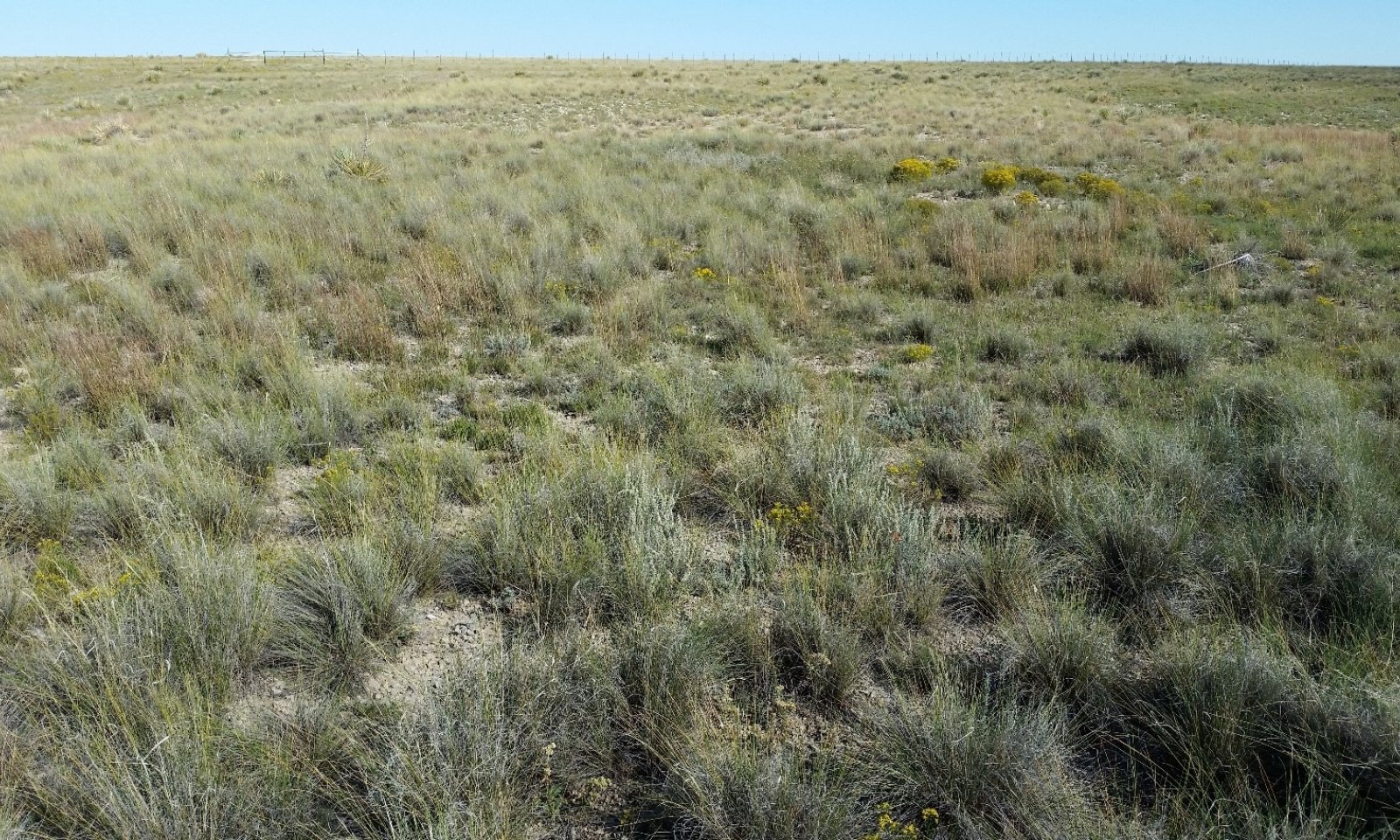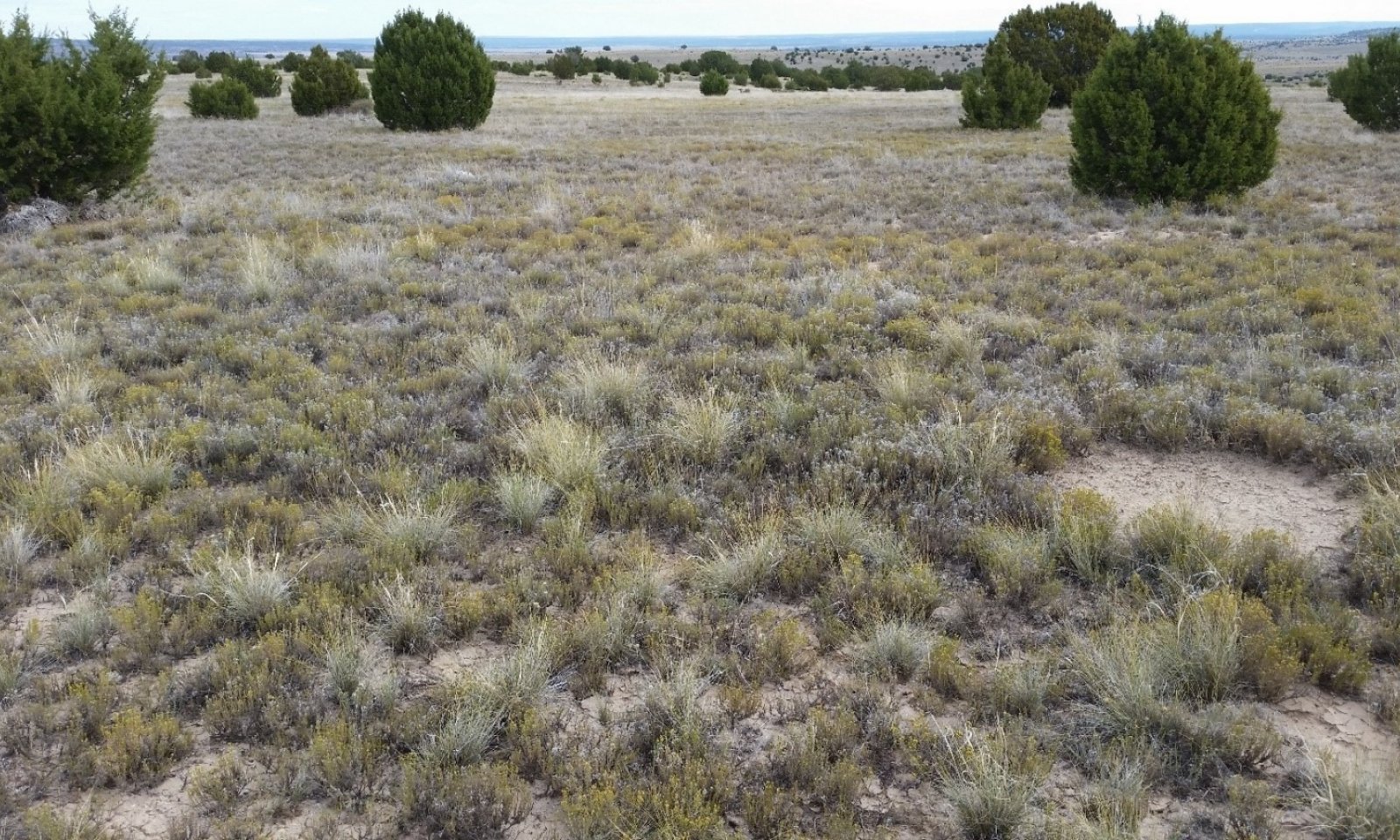
Lithic Limestone
Scenario model
Current ecosystem state
Select a state
Management practices/drivers
Select a transition or restoration pathway
- Transition T1A More details
- Restoration pathway R2A More details
-
No transition or restoration pathway between the selected states has been described
Target ecosystem state
Select a state
State 1
Reference State



Description
This state exists where the effects of grazing pressure are less pronounced. The two most obvious variables that distinguish States 1 and 2 are the annual production and species composition of grasses. While grass dominance is not confined to State 1, codominance or dominance of woody species is a reliable indicator that a particular community is not in State 1.
Since the soils on this site are generally protected from erosion by surface fragments, thickness of topsoil is not a reliable indicator of state or community phase. Additionally, soil organic matter is typically quite high in all states and phases of this site—likely the result of carbonates’ ability to bind to and stabilize soil organic matter.
Submodel
State 2
Degraded State




Description
This state occurs where a prolonged continuous grazing regime, coupled with fire suppression (intentional or incidental) have resulted in diminished diversity and vigor in the grass community. Total annual production is significantly lower than in State 1. Most or all of this difference in production results from reduced vigor of grasses. Little bluestem is absent or present in trace amounts; and early seral grasses such as purple threeawn and ring muhly are well-represented. With the exception of Community Phase 2.
Submodel
Mechanism
This pathway represents season-long grazing providing little rest and recovery for preferred grazed plants during critical growing periods, coupled with high utilization. This typically occurs with an absence of fire. Drought is thought to push the plant community over the threshold into the degraded State 2. During this transition, little bluestem is extirpated. Other highly palatable and grazing-sensitive grass species are diminished—both in vigor and abundance. Concurrently, early seral grasses, particularly threeawn and ring muhly, increase. Shrub and tree species enjoy a competitive advantage, and increase in abundance.
Mechanism
This process results in the recovery of the vigor and diversity of herbaceous species, as well as a significant increase in total productivity. Late seral grass species such as little bluestem and New Mexico feathergrass may require re-introduction. Since an abundance of either trees or shrubs appears to suppress herbaceous plants here, it is thought that this recovery pathway necessarily proceeds from Community Phase 2.2.
Model keys
Briefcase
Add ecological sites and Major Land Resource Areas to your briefcase by clicking on the briefcase (![]() ) icon wherever it occurs. Drag and drop items to reorder. Cookies are used to store briefcase items between browsing sessions. Because of this, the number of items that can be added to your briefcase is limited, and briefcase items added on one device and browser cannot be accessed from another device or browser. Users who do not wish to place cookies on their devices should not use the briefcase tool. Briefcase cookies serve no other purpose than described here and are deleted whenever browsing history is cleared.
) icon wherever it occurs. Drag and drop items to reorder. Cookies are used to store briefcase items between browsing sessions. Because of this, the number of items that can be added to your briefcase is limited, and briefcase items added on one device and browser cannot be accessed from another device or browser. Users who do not wish to place cookies on their devices should not use the briefcase tool. Briefcase cookies serve no other purpose than described here and are deleted whenever browsing history is cleared.
Ecological sites
Major Land Resource Areas
The Ecosystem Dynamics Interpretive Tool is an information system framework developed by the USDA-ARS Jornada Experimental Range, USDA Natural Resources Conservation Service, and New Mexico State University.

